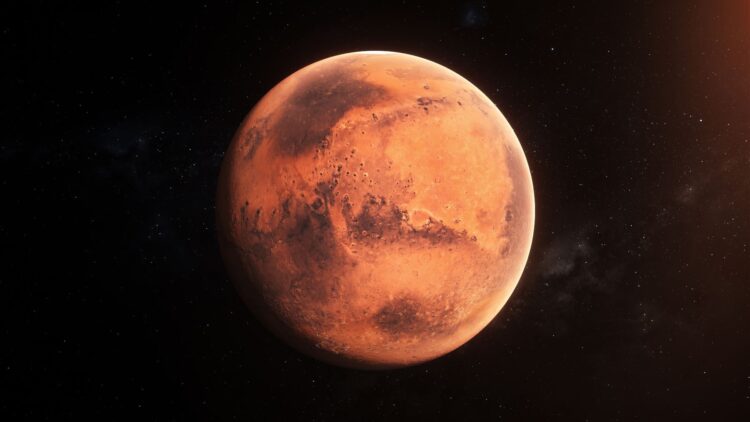Even though Earth will continue to be habitable for a very long time, there will inevitably come a point in which we will need to either expand into other planets or change significantly the way we live. However, that will not kill the curiosity of what is out there, and it is likely that the expansion plans will never die off. Of course, the first planet that comes to mind when we think of living outside Earth is Mars, and while life there promises to be rough for a very long time, scientist have discovered something that might make it a bit easier to colonize, a massive water reservoir.
While scientists already suspected that the Red Planet was likely to have some water blow the surface, actually discovering it and confirming it is a whole different standard, as it confirms the suspicions and brings out new theories and possibilities. The newly discovered water source on Mars was not evident at first sight, as it was covered with a layer of dust, making it hard to identify from Earth, but it is there and it is extensive.
The discovery was announced to the broader scientific community in late 2024, detailed in a paper led by the Smithsonian senior scientist emeritus Thomas R. Watters. Once the paper was published, the Smithsonian Air and Space Museum took over the task of divulging the information to the public through their blog, highlighting some of the paper’s more interesting findings along with comments from the author which detailed what this discovery could mean when it comes to exploring Mars in the hopefully near future.
In the post Watter explains “An ice-rich MFF deposit has important implications for the paleoclimate of Mars and could be potentially of great value to future human exploration of Mars.”
Why are these deposits important and where in Mars are they located?
For those unfamiliar with Martian terminology, the MFF that Watters is referring to is the Mars’ Medusae Fossae Formation, where he focused his research on the planet. This is a geological formation on the Martian equator that expands over 5,000 kilometers squared. This is significant because prior to this discovery it was believed that the only ice deposits on the planet were located on Mars’ north and south poles (similar to how ice is distributed on Earth), and the fact that they are now finding new reservoirs in more accessible areas is a huge jump in space knowledge.
According to Watters estimates (which should be taken with a grain of salt considering that most of this has been learned from observations made based on data and no hands on experience) the MFF ice deposits contain up to half of the water held in Mars’ northern ice cap. To give a frame of reference, this is an amount of water that would be bigger than the volume in the Great Lakes of North America.
According to the Smithsonian, “The volume of water is enough to cover the surface of Mars to a depth of about 1.5 to 3 meters (about 5 to 10 feet).”
Finding these water reservoirs was no easy feat, researchers had to compare the radar sounder data at the MFF to the readings that had been taken when the ice poles were discovered. Once the data was acquired, similarities in the readings indicated the presence of water, which was great news since us earthlings seem to need it to survive. But the job is not nearly done, once water is discovered the next step is to figure out if it can be thawed in order to be consumed and if it is even compatible with humans, but first, we might want to find a way to get there.

